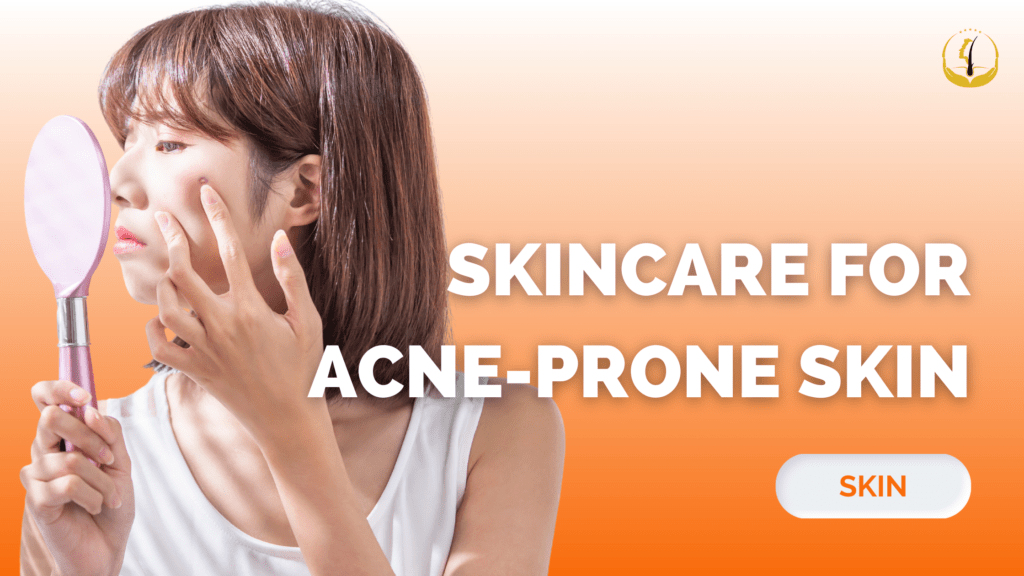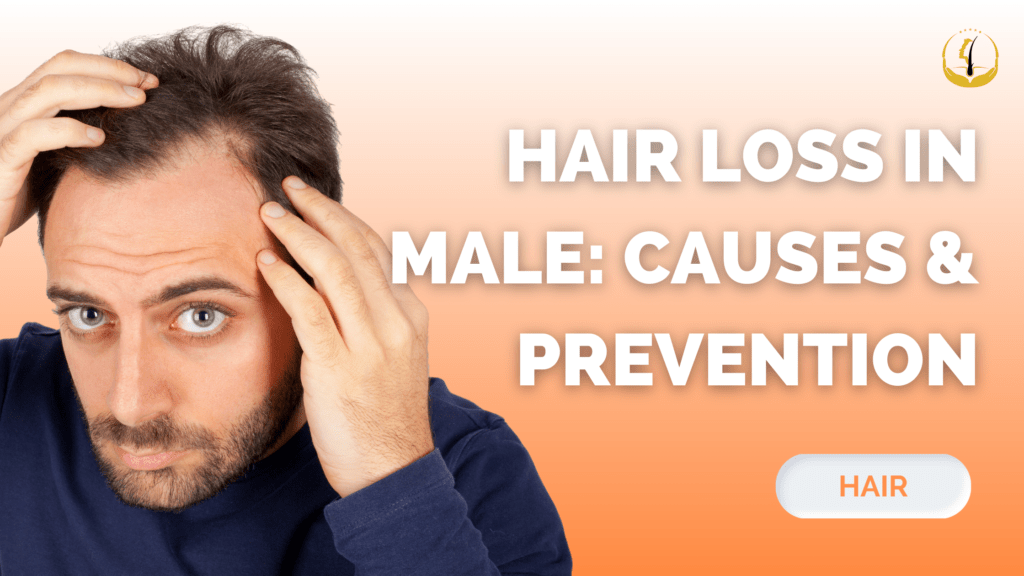Skincare for Acne-Prone Skin

Acne-prone skin can be a persistent challenge, but with a carefully crafted skincare routine and a dash of patience, achieving clear and healthy skin is within reach. This guide aims to delve into effective ways to combat acne, provide anti-aging skincare tips, explore natural skincare remedies, and address concerns related to sensitive, oily, and dry […]
3 Body Treatments for Weight Loss

Achieving and maintaining a healthy weight is a goal that many individuals strive for, and there are various approaches to weight loss, ranging from traditional methods like diet and exercise to advanced medical treatments. In this blog, we will explore three body treatments for weight loss: Saxenda, liposuction, and fat transfer. We’ll discuss their effectiveness, […]
Hair Loss: What is Cytokines?

Hair loss is a common concern for many individuals, affecting both men and women of all ages. It can lead to a loss of self-confidence and impact one’s self-esteem. In recent years, there has been a growing interest in understanding the underlying causes of hair loss and exploring various treatment options, including hair transplant surgery […]
Hair Loss In Male: Causes & Prevention

Hair loss, a common concern among men, can be a distressing experience that affects self-esteem and confidence. It’s essential to understand the various causes of hair loss and explore effective prevention strategies to maintain a healthy head of hair. Let’s explore the causes of hair loss in males and provide valuable tips for preventing and […]


